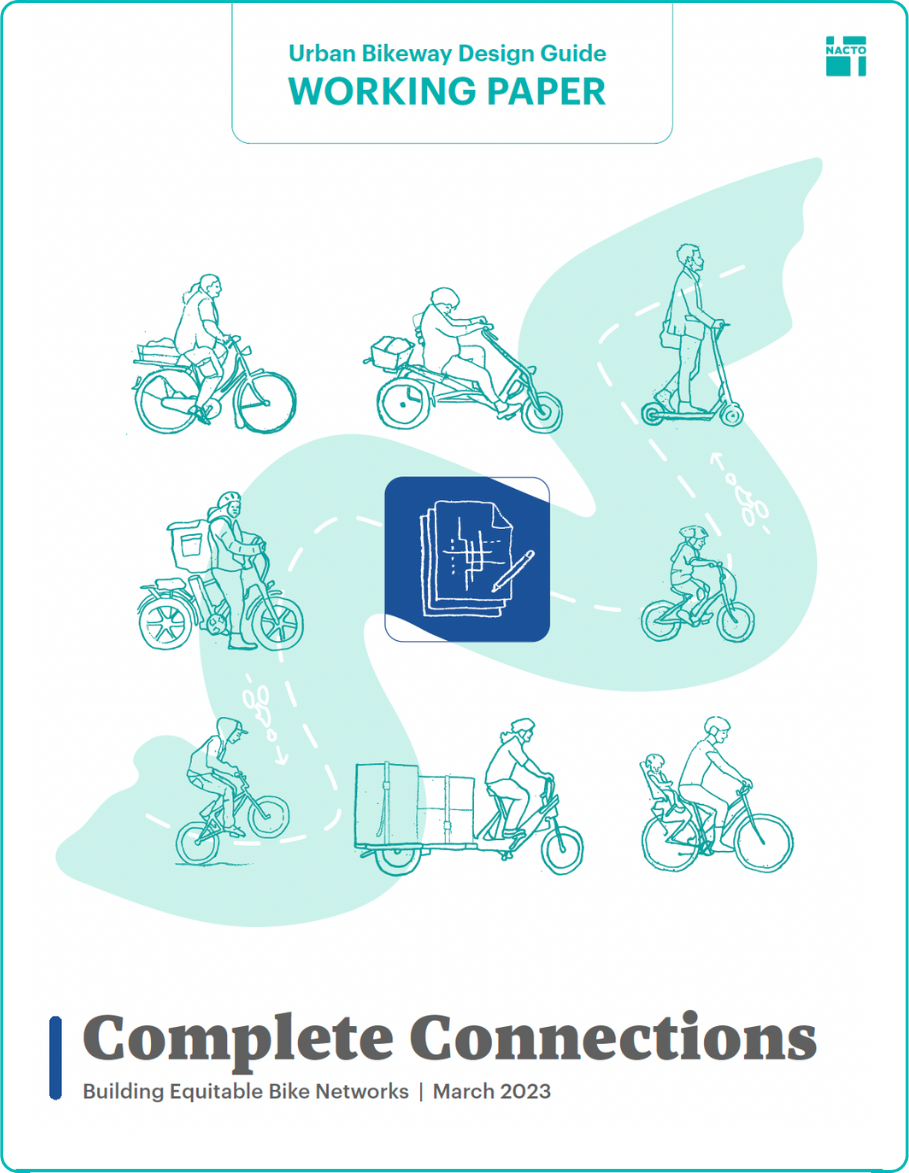Building equitable bike networks.
 Successful, effective bike networks must be equitably planned, designed, prioritized, and implemented. Practitioners must strive to connect riders of all ages, abilities, and backgrounds to destinations throughout the city—whether they be workplaces, schools, or local businesses. All too often, however, network expansion efforts miss disenfranchised communities in both planning and implementation, and cities find themselves with networks that serve some neighborhoods well and others not at all, or that leave major holes at key junctures, limiting where people can safely travel.
Successful, effective bike networks must be equitably planned, designed, prioritized, and implemented. Practitioners must strive to connect riders of all ages, abilities, and backgrounds to destinations throughout the city—whether they be workplaces, schools, or local businesses. All too often, however, network expansion efforts miss disenfranchised communities in both planning and implementation, and cities find themselves with networks that serve some neighborhoods well and others not at all, or that leave major holes at key junctures, limiting where people can safely travel.
Complete Connections examines the strategies planners and policymakers use to build bike networks that meet the needs of riders of all ages and abilities, and to help cities reach their ridership, mobility, and sustainability goals. The working paper offers tactics for applying an equity lens to all aspects of bike project development—not just community engagement—and explores ways cities can pivot their planning and development practices from a focus on equal coverage across cities to a more impactful implementation strategy based on the needs of specific communities as well as the city as a whole.
Complete Connections is the sixth in a series of working papers developed by NACTO with our member cities to address the most critical gaps in bikeway design guidance, as part of a long-awaited update to the Urban Bikeway Design Guide. Lessons learned since the Guide was first published a decade ago are being shared through these working papers. Later this year, NACTO will codify the papers into a new, third edition of the Urban Bikeway Design Guide.
Download Complete Connections